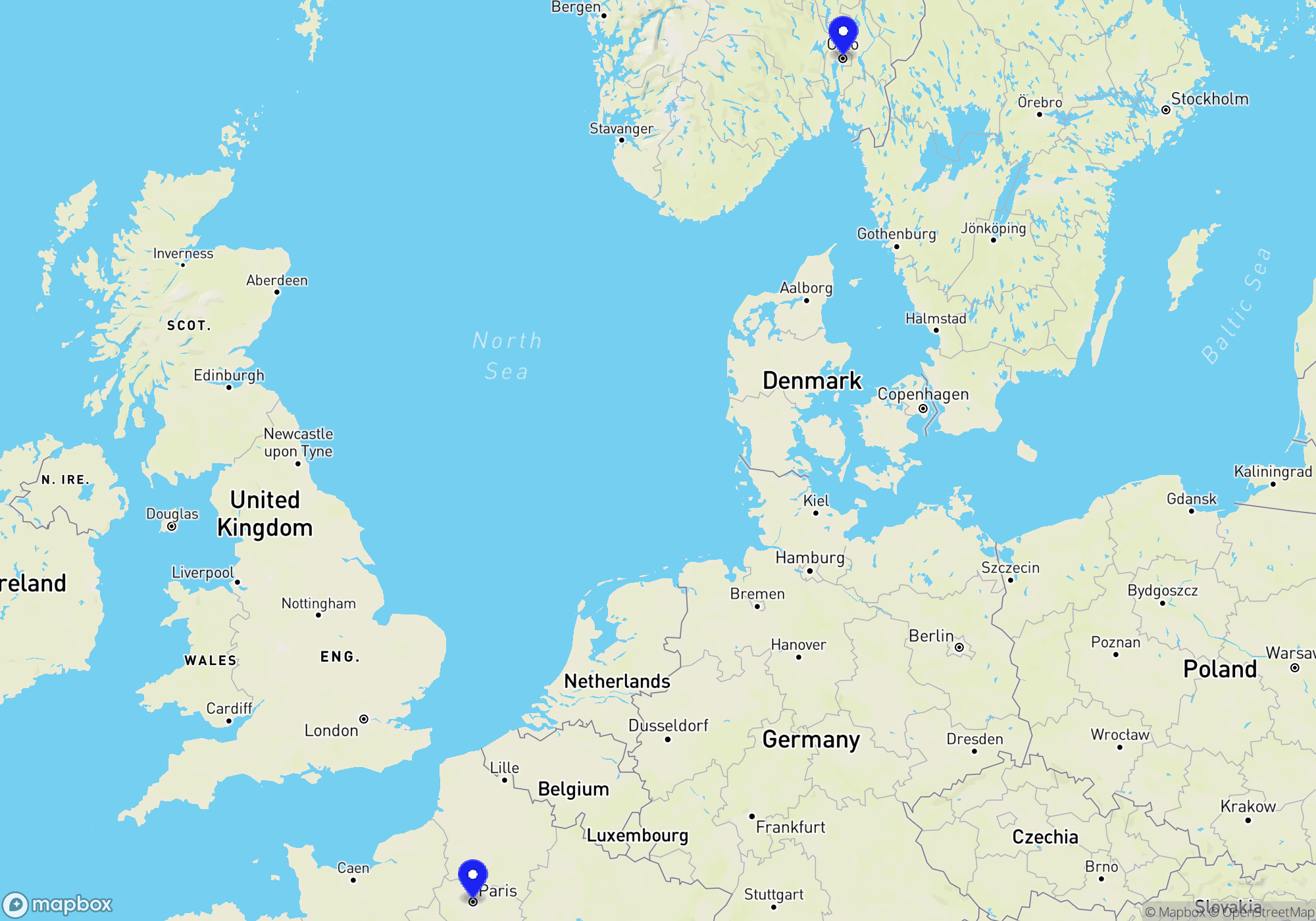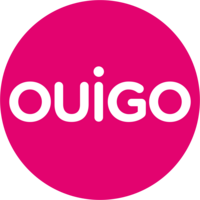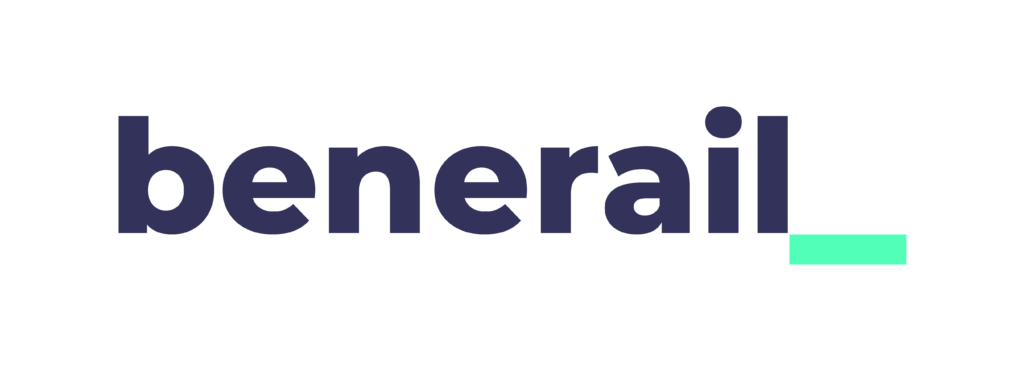
You can buy train tickets directly from the operator or through a reseller. The reseller is typically slightly more expensive (3-5%) but can provide an easier booking experience, especially if you travel with more than one operator.


These operators provide a complete journey either as a direct connection or through their partners. Even if a change of trains is involved, it’s all part of a single itinerary managed by the same train company or its partners, offering a smoother and more coordinated travel experience.

Some operators don’t run direct trains the whole way, but they serve either the departure or arrival station. In many cases, you can combine two of these operators to complete your journey by changing trains along the way. This is often a flexible and budget-friendly way to travel — especially if you’re comfortable piecing together your own itinerary.
Just keep in mind that these are separate journeys, which means a delay on the first leg could cause you to miss the second without automatic compensation or rebooking. It’s a great option for confident travelers who don’t mind a bit of extra planning.







There seems to be a misunderstanding in your query. Flixbus is primarily known as a long-distance bus service provider rather than a rail operator. They offer extensive travel routes across Europe, providing customers with economical options for reaching various destinations. If you are looking to travel by train from Paris to Oslo, you would typically rely on a combination of different national and international rail services, as there is no direct train service operated by a single rail company for this route.
For rail travel, travelers often start with the French national railway service, SNCF, using high-speed TGV trains to connect from Paris to other cities in France, or to major hubs in neighboring countries like Germany or the Netherlands. From there, travelers usually connect to Deutsche Bahn for routes through Germany or to SJ, which operates services in Sweden. Once in Sweden, travelers continue their journey towards Norway, where Norwegian operator Vy (formerly NSB) handles train services within Norway, including routes to Oslo.
These European rail operators, such as SNCF, Deutsche Bahn, and Vy, typically offer modern trains with a range of amenities. High-speed and long-distance trains often provide comfortable seating, onboard dining or snack services, electrical sockets, WiFi access, and restrooms. Services often include first and second-class seating, with first-class tickets offering more space, quieter cars, and sometimes additional benefits like complimentary refreshments.
Customer support is usually available through online platforms, at train stations, and often by phone. Language is not a significant barrier, as major operators generally provide services in several languages, including English. Travelers are advised to book tickets in advance, either online or through mobile apps, especially for high-speed or international journeys, to secure their preferred travel times and any available discounts.
For updates on travel disruptions, timetables, and platform information, these operators offer real-time information through their websites and apps, ensuring a smooth travel experience for first-time and seasoned travelers alike.
For traveling by train from Paris to Oslo, the Interrail Global Pass is valid as it covers multiple European countries, and the journey includes traveling through France, Germany, Denmark, Sweden, and into Norway. This pass is suitable for both residents of the EU and non-residents if they’re tourists from a different EU country. The Interrail One Country Pass would not be applicable as it only covers rail travel within a single country. The Eurail Pass is valid for non-EU residents traveling in Europe and can be used for this route as well, allowing travel through the same countries as the Interrail Global Pass.
Upon arriving in Oslo by train, you will likely find yourself at Oslo Central Station (Oslo S). From here, you have several options to navigate the city using local transportation. The Oslo Metro, also known as T-banen, is a quick and efficient way to get around the city and its surrounding suburbs. The metro consists of five lines that cover most areas of Oslo and operates frequently during day and night hours. For shorter distances within the city, the tram network is a convenient choice, with eight lines connecting key neighborhoods and attractions. Trams run on a regular schedule and are an excellent way to experience the city at street level. If you prefer buses, numerous routes are available to cover parts of the city not served by the metro or tram services. Buses depart from various stops across the city and usually offer nighttime services as well. For more personalized travel, taxis are readily available and can be hailed on the street or booked through various mobile apps. Ridesharing services like Uber also operate in Oslo, providing a convenient and often cost-effective alternative to traditional taxis. To pay for public transportation, it is advisable to purchase an Oslo Pass or a Ruter ticket, which can be used interchangeably on metro, buses, trams, and certain ferry services. These can be purchased at kiosks, ticket machines, or through the Ruter app.
Oslo, the capital of Norway, serves as a central hub for both domestic and international train travel. Domestically, the most popular rail connections include the Bergen Line, which takes passengers across scenic landscapes to the city of Bergen. This is one of the most beautiful train journeys in the world, passing through mountainous terrain and offering breathtaking views of fjords and high plateaus. Another significant domestic route is the Dovre Line, which runs from Oslo to Trondheim, passing through historic towns and diverse natural scenery. The Sørland Line connects Oslo to Kristiansand and Stavanger, providing access to the coastal regions of southern Norway. For those traveling to Lillehammer and up to the northern part of the country, the Røros Line and the Nordland Line are notable options.
Internationally, although direct international train services from Oslo are somewhat limited, travelers can still reach destinations in Sweden via the Oslo to Gothenburg route operated by Vy. This train journey takes you across the Norwegian-Swedish border and continues further to other Swedish cities. From Stockholm, connections are available to other European countries, making Oslo a potential starting point for broader rail adventures across the continent. Overall, Oslo’s rail connections offer a convenient and picturesque way to explore both Norway’s stunning landscapes and its neighboring countries.
The best time to visit Oslo largely depends on personal interests, but generally, the months of May through September offer favorable weather conditions with mild temperatures and extended daylight hours, perfect for exploring the city and its natural surroundings. During this period, prices can be slightly higher due to peak tourist season, but the vibrant atmosphere with outdoor activities, lively street scenes, and cultural events such as the Oslo Jazz Festival in August make it worth the extra cost. In winter, particularly December to February, Oslo transforms into a winter wonderland, ideal for those interested in skiing or enjoying the magical Christmas markets, though colder temperatures and shorter days might be a deterrent for some. Prices can fluctuate, though early bookings often help find reasonable rates. Spring and fall offer a quieter experience with more unpredictable weather, but visiting during these off-peak times can mean lower prices and fewer crowds while still enjoying the city’s attractions. Arriving by train is scenic and convenient, with Oslo’s central location allowing easy access to excursions further afield, enhancing the overall travel experience.
When traveling from Paris to Oslo by train, it is important to pack your passport or national ID card if you are an EU/EEA citizen, otherwise ensure you have your passport and any necessary visas if applicable. Bring your train tickets or e-tickets and any reservation details. A power adapter is essential, as Norway uses type C and F plugs with a standard voltage of 230V, like the rest of mainland Europe, so French travelers typically will not need an adapter. Pack comfortable clothing, including warm layers like sweaters or a thermal jacket since Oslo can be chilly, especially outside of summer months. A compact umbrella or raincoat could be beneficial given Norway’s sporadic weather changes. Comfortable walking shoes are crucial for exploring Oslo’s attractions. Snacks and water are advisable to have during the train journey for comfort and convenience. A travel pillow and blanket can enhance comfort during the long ride. Bring a book, tablet, or an e-reader for entertainment, and do not forget headphones for listening to music or watching movies. A small backpack or daypack is handy for carrying essentials during day trips in Oslo. Lastly, remember your smartphone, a portable charger, and the necessary charging cables to stay connected and navigate efficiently throughout your trip.